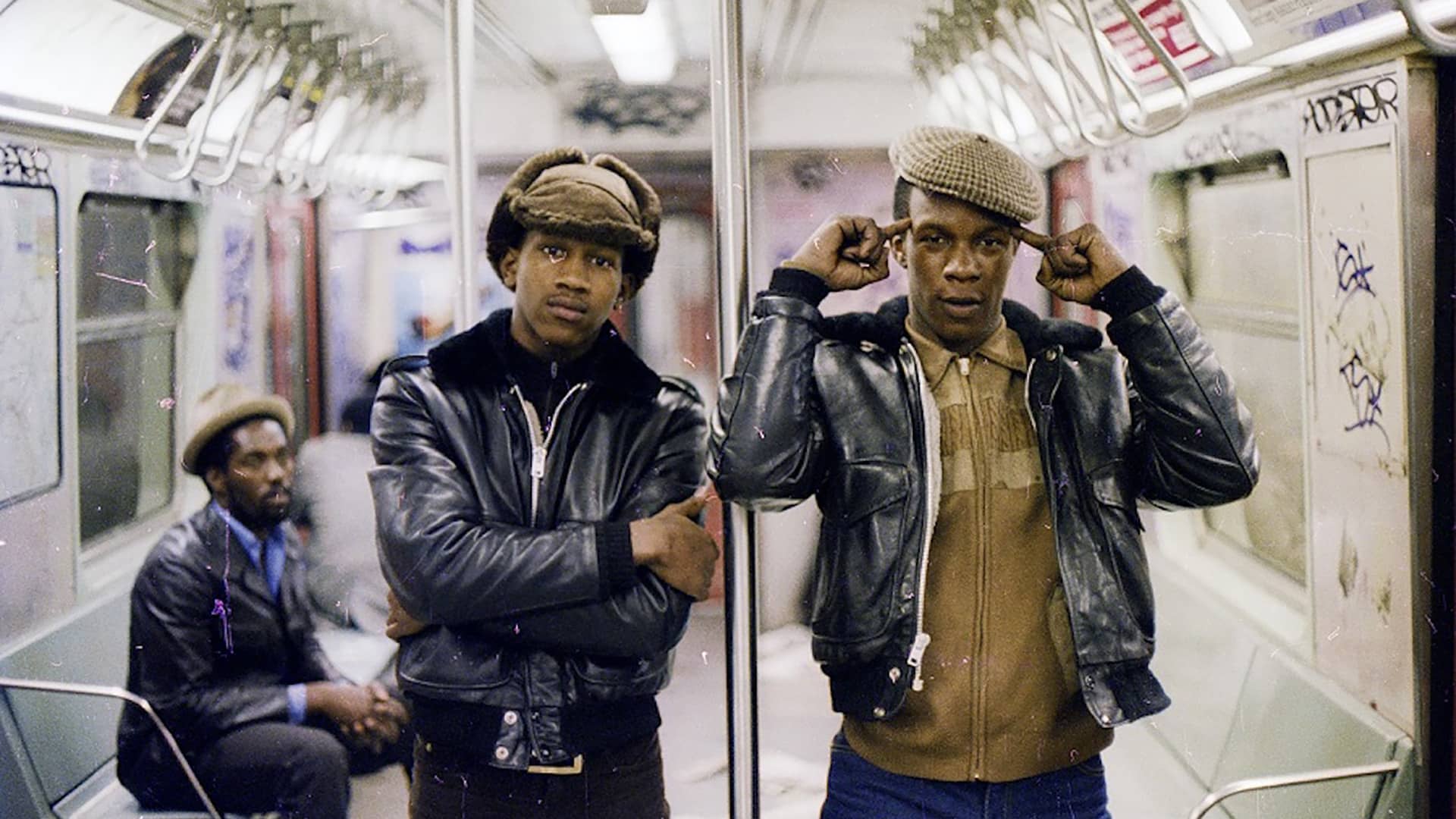Over the past 40 years, Jamel Shabazz has created a singular archive of New York life on the move, finding intimate moments of beauty and humanity in the most unlikely of places: the public transit system.

You’re getting blind.
Don’t miss the best of visual arts. Subscribe for $9 per month or $108 $90 per year.
Already suscribed ?



